Chardonnay
£17.50
– bottle
(75cl)
Add item
2022 Berry Bros. & Rudd White Burgundy by Collovray & Terrier
White
2022
Drink, at peak
Medium Bodied
Dry
13.0% Alcohol
Find out more
£10.25
– half bottle
(37.5cl)
Add item
2021 Berry Bros. & Rudd White Burgundy by Collovray & Terrier
White
2021
Drink, at peak
Medium Bodied
Dry
13.0% Alcohol
Find out more
£11.50
– bottle
(75cl)
Add item
2022 Berry Bros. & Rudd Reserve White by Collovray & Terrier
White
2022
Drink up
Light Bodied
Dry
13.0% Alcohol
Find out more
£14.00
– bottle
(75cl)
Add item
2023 Berry Bros. & Rudd Australian Chardonnay by Frankland Estate, Frankland River
White
2023
Drink, at peak
Medium Bodied
Dry
13.0% Alcohol
Find out more
£14.95
– bottle
(75cl)
Add item
2022 Berry Bros. & Rudd Australian Chardonnay by Frankland Estate, Frankland River
White
2022
Drink, at peak
Medium Bodied
Dry
13.0% Alcohol
Find out more
£24.95
– bottle
(75cl)
Add item
2022 Berry Bros. & Rudd Chablis by Domaine Sébastien Dampt, Burgundy
White
2022
Drink, at peak
Medium Bodied
Dry
12.5% Alcohol
Find out more
£33.50
– bottle
(75cl)
Add item
2022 Berry Bros. & Rudd Pouilly-Fuissé by Olivier Merlin, Burgundy
White
2022
Drink, at peak
Medium Bodied
Dry
13.5% Alcohol
Find out more
£35.75
– bottle
(75cl)
Add item
2017 Berry Bros. & Rudd English Sparkling Blanc de Blancs by Hambledon Vineyard, Hampshire, England
White
2017
Drink, at peak
Medium Bodied
Dry
12.0% Alcohol
Find out more
£37.00
– bottle
(75cl)
Add item
2021 Berry Bros. & Rudd Sonoma County Chardonnay by Ramey Wine Cellars
White
2021
Drink, at peak
Full Bodied
Dry
13.5% Alcohol
Find out more
£41.75
– bottle
(75cl)
Add item
Berry Bros. & Rudd Blanc de Blancs Champagne by Le Mesnil, Grand Cru, Brut
White
Drink, at peak
Medium Bodied
Dry
12.5% Alcohol
Find out more
£56.00
– bottle
(75cl)
Add item
2021 Berry Bros. & Rudd Puligny-Montrachet by Domaine Jean-Louis Chavy, Burgundy
White
2021
Drink, at peak
Medium Bodied
Dry
13.5% Alcohol
Find out more
£17.50
– bottle
(75cl)
Add item
2023 De Martino, Legado, Chardonnay, Reserva, Limari Valley, Chile
White
2023
Drink, at peak
Medium Bodied
Dry
13.5% Alcohol
Find out more
£20.50
– bottle
(75cl)
Add item
2022 Chablis, Domaine Sébastien Dampt, Burgundy
White
2022
Drink, youthful
Medium Bodied
Dry
12.5% Alcohol
Find out more
£20.95
– bottle
(75cl)
Add item
2021 Montagny, Tête de Cuvée, Domaine Berthenet, Burgundy
White
2021
Drink, youthful
Medium Bodied
Dry
13.0% Alcohol
Find out more
£21.00
– bottle
(75cl)
Add item
2020 Montagny, Tête de Cuvée, Domaine Berthenet, Burgundy
White
2020
Drink, youthful
Medium Bodied
Dry
13.0% Alcohol
Find out more
£21.95
– bottle
(75cl)
Add item
2021 Bourgogne, Chardonnay, Arnaud Baillot, Burgundy
White
2021
Lay down
Medium Bodied
Dry
12.5% Alcohol
Find out more
£22.95
– bottle
(75cl)
Add item
2021 Mâcon La Roche-Vineuse, Olivier Merlin, Burgundy
White
2021
Drink, youthful
Medium Bodied
Dry
13.5% Alcohol
Find out more
£22.95
– bottle
(75cl)
Add item
2021 Bourgogne Aligoté, Camille Giroud
White
2021
Drink, youthful
Medium Bodied
Dry
12.5% Alcohol
Find out more
£23.00
– bottle
(75cl)
UK ONLY
Add item
2021 Joey Tensley, Fundamental Chardonnay, Central Coast, California, USA
White
2021
Drink, youthful
Medium Bodied
Dry
13.5% Alcohol
Find out more
£23.50
– bottle
(75cl)
Add item
2020 Bourgogne Blanc, Domaine Sébastien Magnien
White
2020
Lay down
Medium Bodied
Dry
13.0% Alcohol
Find out more
£23.50
– bottle
(75cl)
Add item
2020 Bourgogne Hautes Côtes de Beaune, Chardonnay, Domaine Denis Carré
White
2020
Drink, youthful
Medium Bodied
Dry
13.0% Alcohol
Find out more
£23.95
– bottle
(75cl)
Add item
2021 Bourgogne Blanc, Domaine Sébastien Magnien
White
2021
Lay down
Medium Bodied
Dry
13.0% Alcohol
Find out more
£23.95
– bottle
(75cl)
Add item
2021 Chablis, Domaine Sébastien Dampt, Burgundy
White
2021
Lay down
Medium Bodied
Dry
12.5% Alcohol
Find out more
£24.00
– bottle
(75cl)
Limited availability
Add item
2020 Mâcon-Villages, Pierre Boisson, Burgundy
White
2020
Drink, at peak
Full Bodied
Dry
12.0% Alcohol
Find out more
£24.00
– bottle
(75cl)
Add item
2021 Bourgogne Hautes Côtes de Beaune, Chardonnay, Domaine Denis Carré
White
2021
Drink, youthful
Medium Bodied
Dry
13.0% Alcohol
Find out more
£24.00
– bottle
(75cl)
Add item
2021 Chablis, Domaine Besson, Burgundy
White
2021
Drink, youthful
Full Bodied
Dry
12.5% Alcohol
Find out more
£24.95
– bottle
(75cl)
Add item
2021 Bourgogne Hautes-Côtes de Beaune Blanc, Arnaud Baillot
White
2021
Lay down
Medium Bodied
Dry
13.0% Alcohol
Find out more
£24.95
– bottle
(75cl)
Add item
2020 Mâcon-Vinzelles, Clos de Grand-Père, La Soufrandière, Bret Brothers, Burgundy
White
2020
Lay down
Medium Bodied
Dry
13.0% Alcohol
Find out more
£25.95
– bottle
(75cl)
UK ONLY
Add item
2021 Mâcon-Prissé, Les Héritiers du Comte Lafon, Burgundy
White
2021
Drink, at peak
Medium Bodied
Dry
12.5% Alcohol
Find out more
£26.95
– bottle
(75cl)
Add item
2021 Bourgogne Côte d'Or, Chardonnay, Arnaud Baillot
White
2021
Lay down
Medium Bodied
Dry
13.0% Alcohol
Find out more


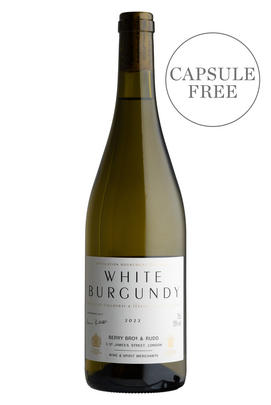
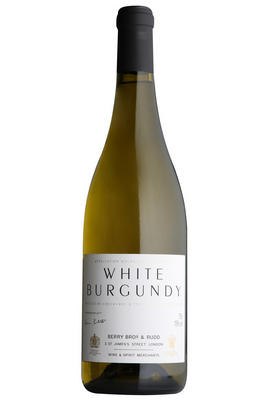

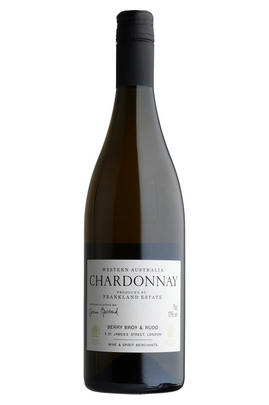

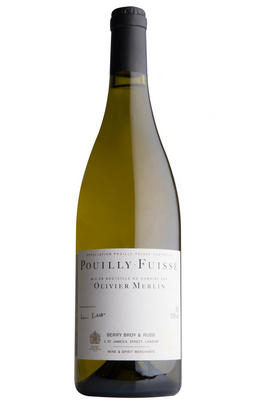
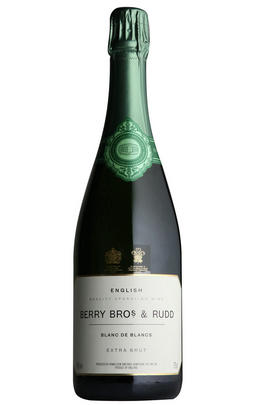
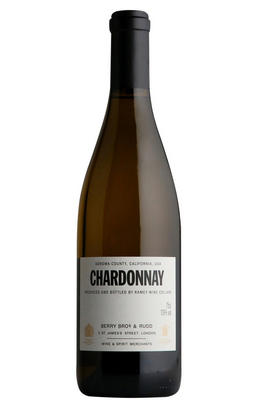
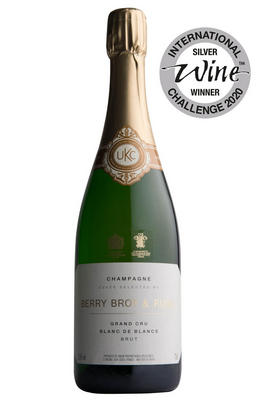
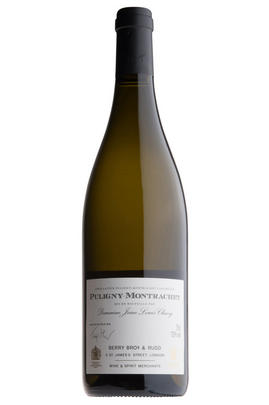
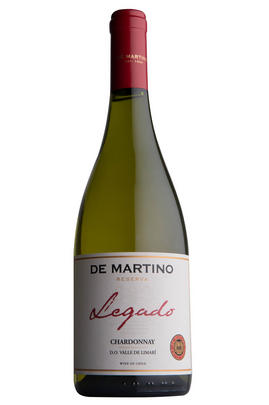
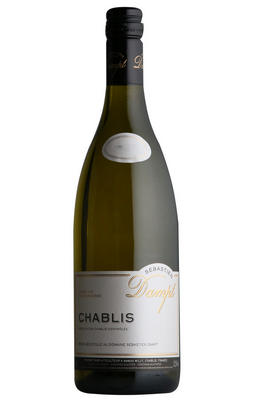
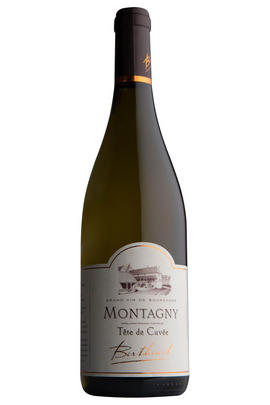

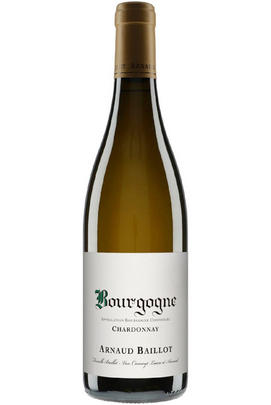
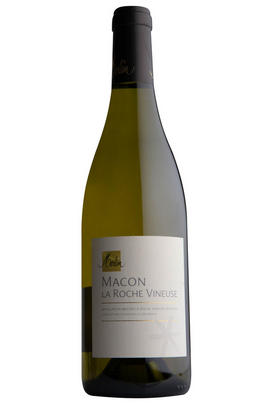
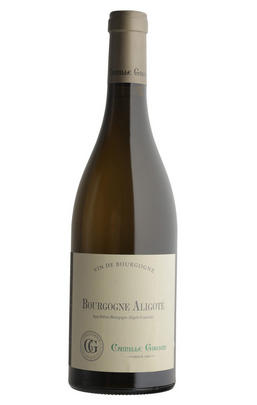
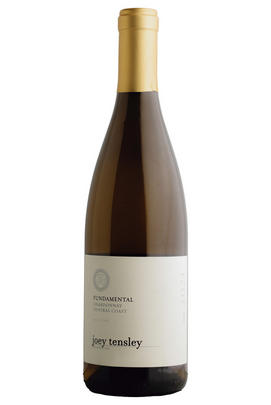
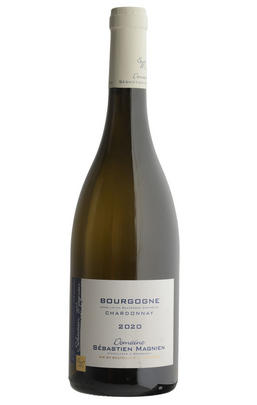
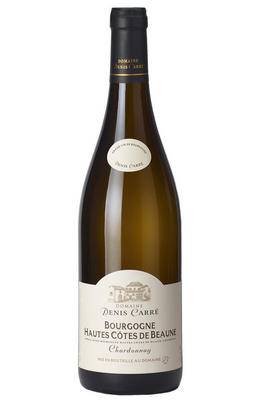
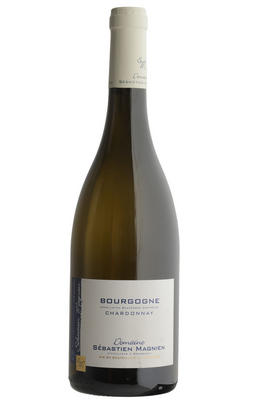
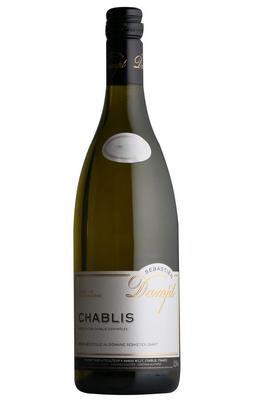
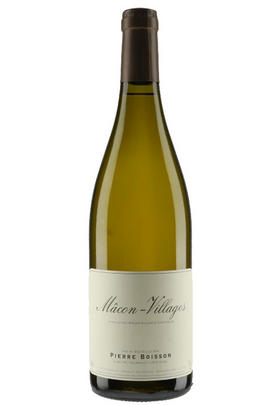
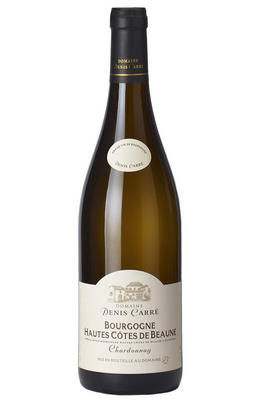
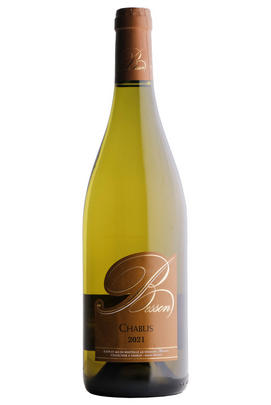
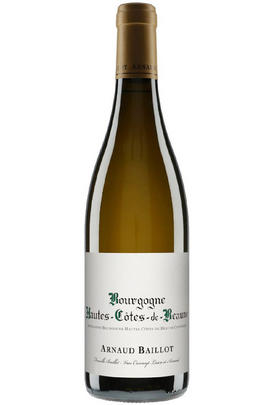
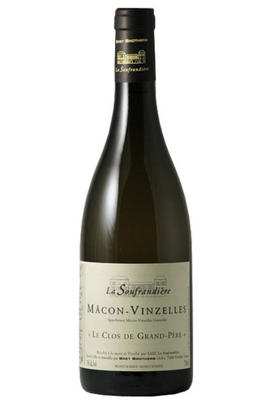
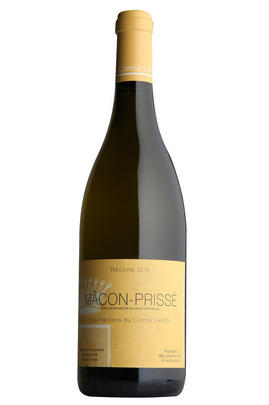
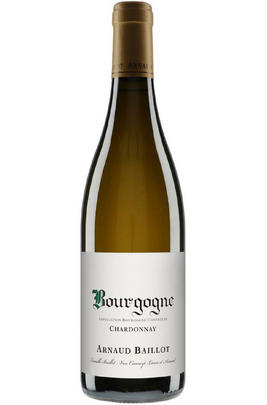
Chardonnay is often seen as the king of white wine grapes and one of the most widely planted in the world It is suited to a wide variety of soils, though it excels in soils with a high limestone content as found in Champagne, Chablis, and the Côte D`Or.
Burgundy is Chardonnay's spiritual home and the best White Burgundies are dry, rich, honeyed wines with marvellous poise, elegance and balance. They are unquestionably the finest dry white wines in the world. Chardonnay plays a crucial role in the Champagne blend, providing structure and finesse, and is the sole grape in Blanc de Blancs.
It is quantitatively important in California and Australia, is widely planted in Chile and South Africa, and is the second most widely planted grape in New Zealand. In warm climates Chardonnay has a tendency to develop very high sugar levels during the final stages of ripening and this can occur at the expense of acidity. Late picking is a common problem and can result in blowsy and flabby wines that lack structure and definition.
Recently in the New World, we have seen a move towards more elegant, better- balanced and less oak-driven Chardonnays, and this is to be welcomed.